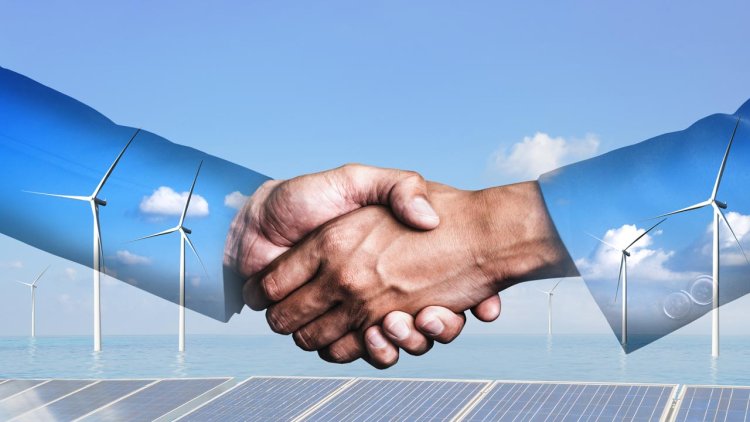Odra floating offshore wind project: Environmental Impact Assessment submitted
The project proposes 90 floating wind turbines for an expected maximum installed capacity of about 1,300 megawatts (MW) and an expected production of about 4 TWh/year.

The Environmental Impact Assessment (EIA) procedure has begun for Odra Energia, the floating offshore wind project that the partnership between Renantis and BlueFloat Energy plans to develop off the southern coast of the province of Lecce, Italy.
After a year-long study and research phase, the EIA study was submitted to the Ministry of the Environment and Energy Security (Mase), and the Ministry of Culture (MiC). The EIA study comprises a set of documents detailing the intended project hypothesis, and this will be published for public consultation in the coming weeks.
In 2021, the partnership began a voluntary environmental scoping process, opening the project to the observations of local authorities, associations, and other local, regional, and national stakeholders. This has facilitated closer alignment with the expectations of the local communities and has resulted in several project adjustments, such as a 30% increase in the distance of the proposed wind farm from the coast compared to initial plans, and a reduction in the number of turbines to be located in the first rows.
The project has been designed to maximise the production of energy from the wind resource in the open sea, where it is more abundant and stable than on land. It will produce clean energy while reducing the onshore footprint that an onshore wind farm would make , limiting the footprint to infrastructure works related to the grid connection. Floating marine technology has a less invasive impact on the seabed compared to fixed bottom structures thanks to the floating platforms that adapt to site conditions.
The project proposes 90 floating wind turbines for an expected maximum installed capacity of about 1,300 megawatts (MW) and an expected production of about 4 TWh/year. This is equivalent to the consumption of more than one million Italian households, avoiding more than two million tonnes of carbon dioxide emissions into the atmosphere per year. The overall investment in project construction and development is estimated at more than 4 billion euros.
The benefits of this project go beyond the security of domestic energy supply and contribution to the decarbonisation target. Positive effects are expected on local economies, both during the construction and operation phases, with further indirect opportunities in other related sectors. Around 1,500 direct jobs are expected through the wind farm’s manufacturing, assembly and construction phases, with up to 4,000 during peak activity periods, and more than 150 permanent jobs estimated for the entire lifespan of the wind farm, estimated at 30 years. The partnership continues to explore further opportunities for local economic development jointly with local communities, stakeholder groups, representatives of local industries, Port Authorities, as well as with fishing associations.
“The months leading up to the finalisation of the Environmental Impact Assessment Study,” commented Ksenia Balanda, General Manager of Renantis-BlueFloat Energy Partnership for Italy, “made it possible for us to optimise the project through the dedicated environmental and engineering campaigns that we conducted, both onshore and in the open sea. The result is a project that is technically feasible and optimal, while being environmentally sustainable and contributing to the local economy growth.



























